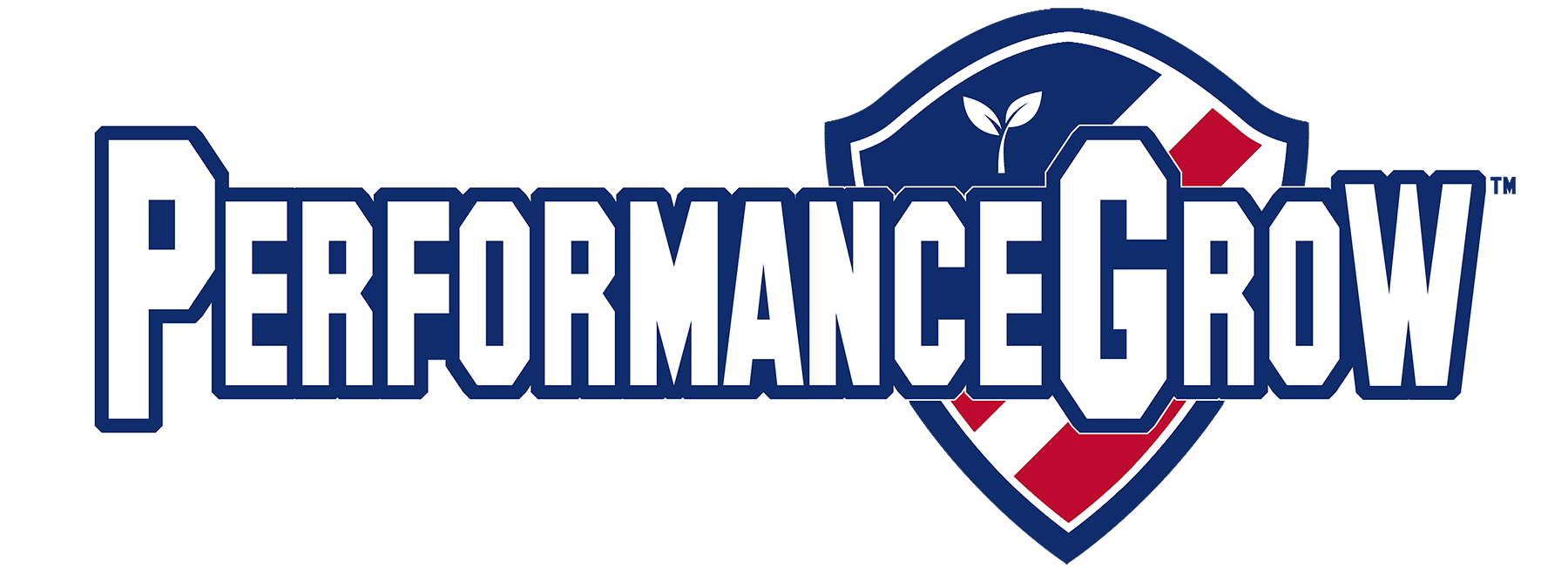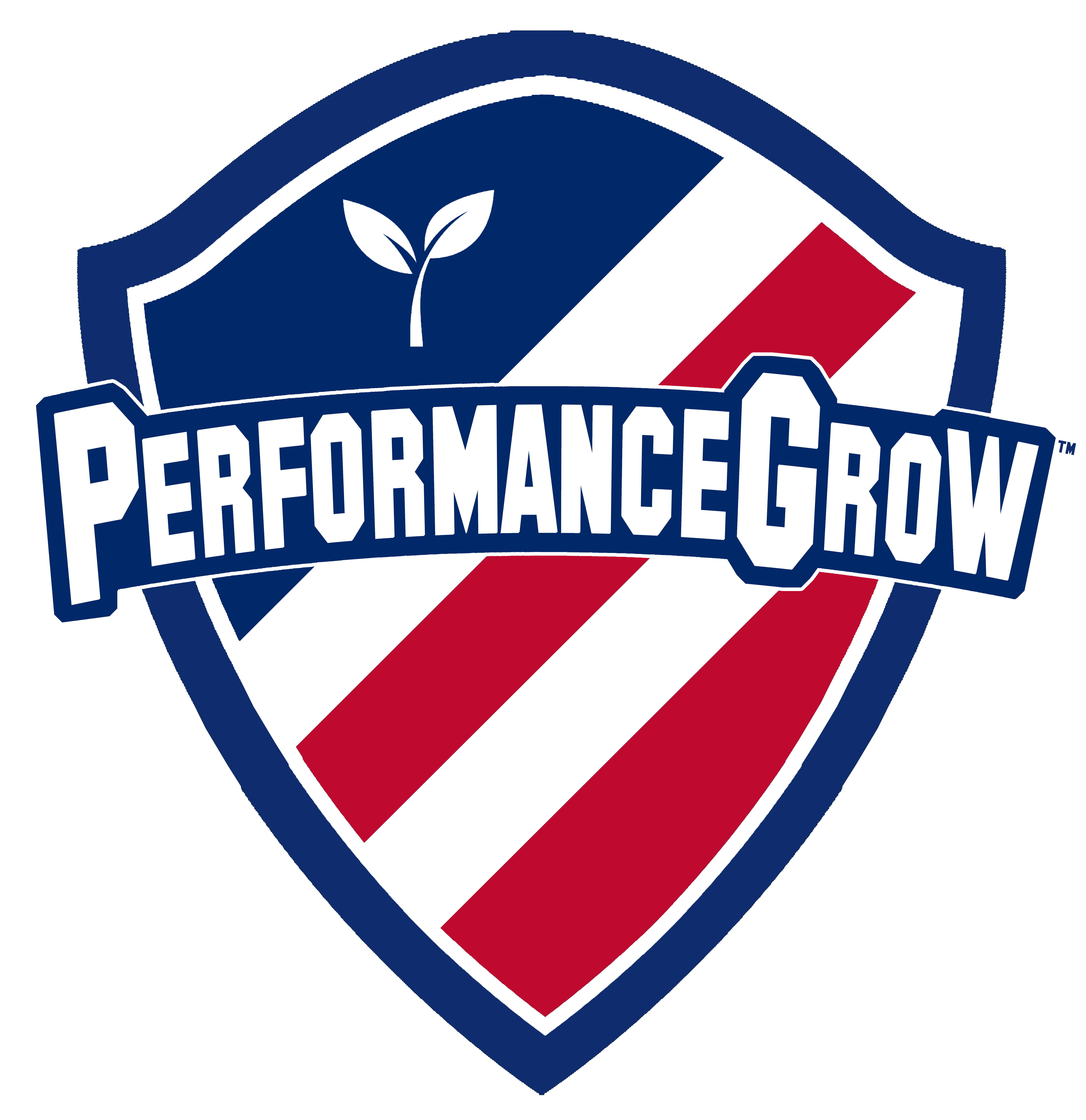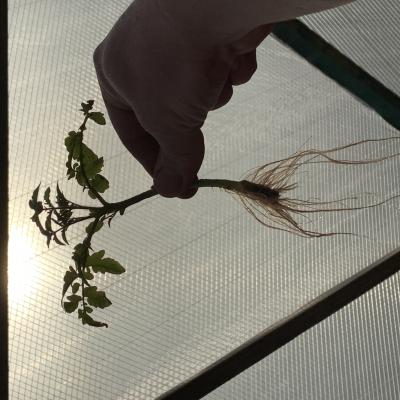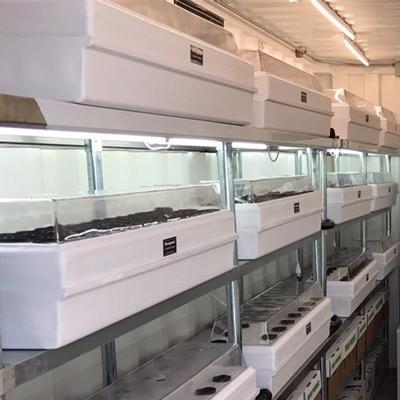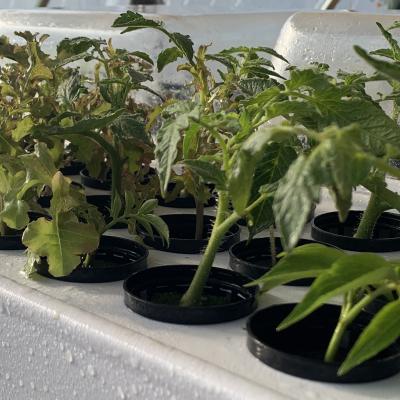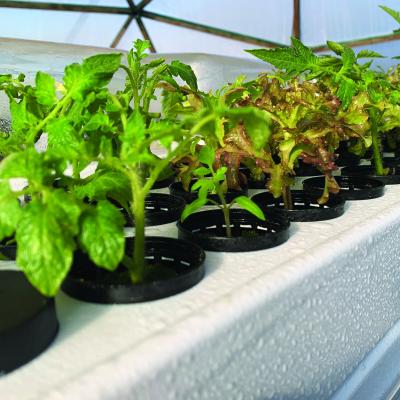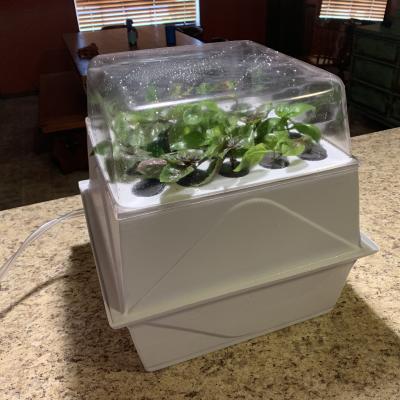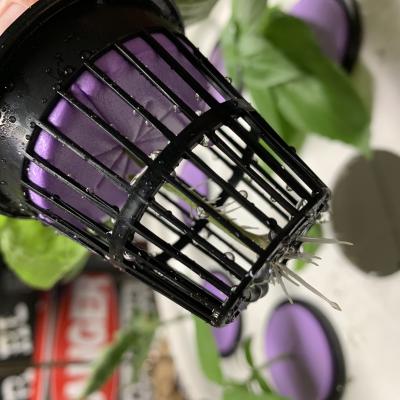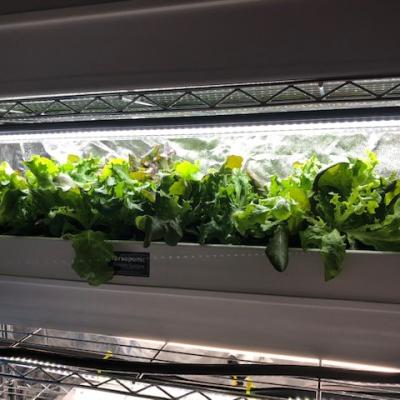Introduction to Hydroponics
Welcome to the exciting world of hydroponics! Whether you're a gardening enthusiast or a complete novice, hydroponics opens up a new realm of possibilities for growing plants. In this beginner's guide, we'll explore the fundamentals of hydroponics, a soil-less method that allows you to cultivate herbs and vegetables with greater control and efficiency.
-
Growing Medium: Instead of soil, plants are supported by a neutral medium like perlite, coconut coir, or Rockwool.
-
Nutrient Solution: A carefully balanced mix of nutrients dissolved in water provides plants with the essential elements they need for healthy development.
-
Containers or Trays: Plants are housed in containers or trays that support the growing medium and allow the nutrient solution to reach the roots.
-
Water Pump: In more advanced systems, a pump circulates the nutrient solution, ensuring plants receive a consistent supply.
-
Faster Growth: Plants can grow up to 50% faster in hydroponic systems compared to traditional soil methods.
-
Water Efficiency: Hydroponics uses less water than soil-based gardening, making it a more sustainable choice.
-
Year-Round Cultivation: Unaffected by weather conditions, hydroponics enables year-round gardening.
-
Space Utilization: Ideal for small spaces, hydroponic systems can be set up indoors, on balconies, or in any limited area.
